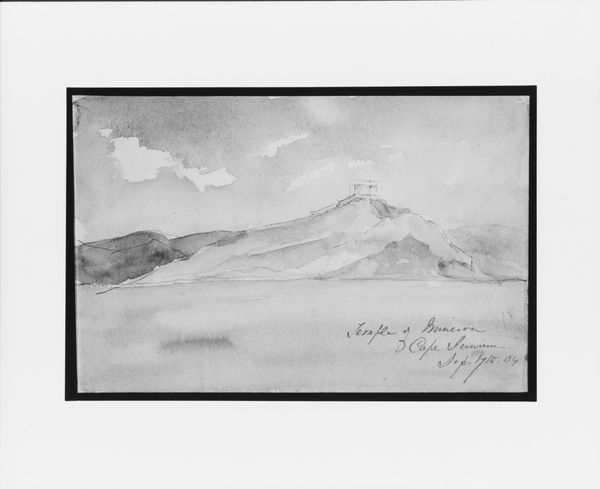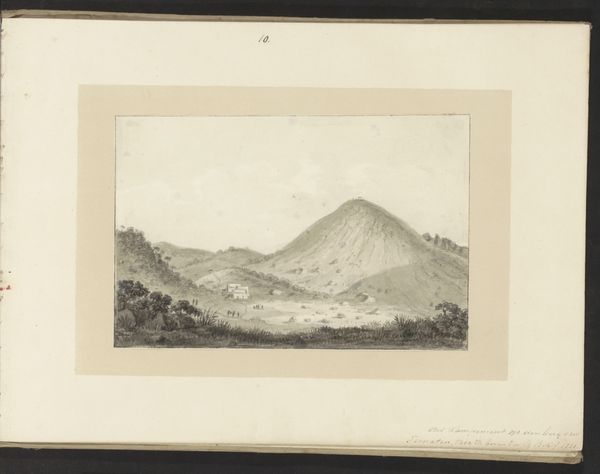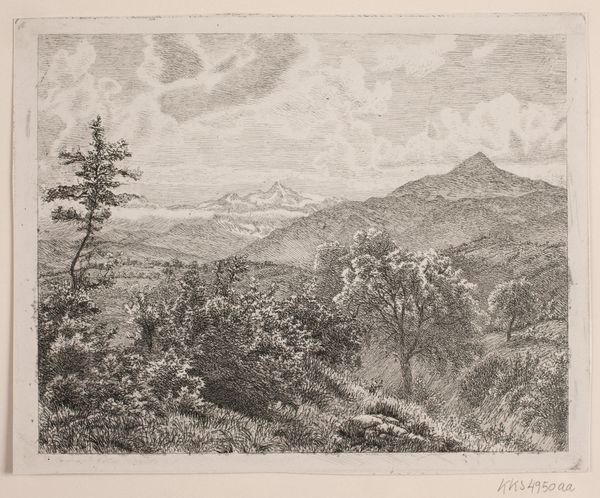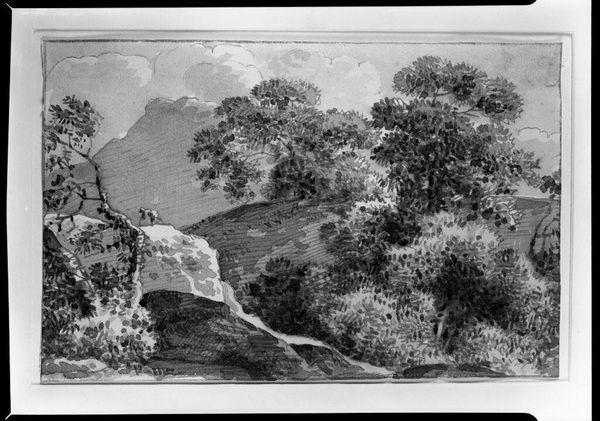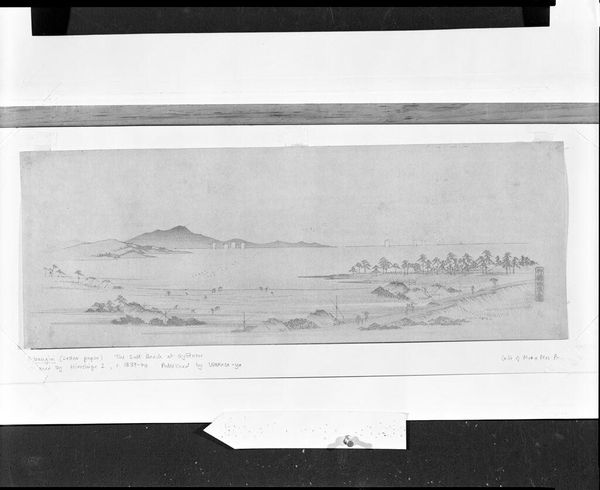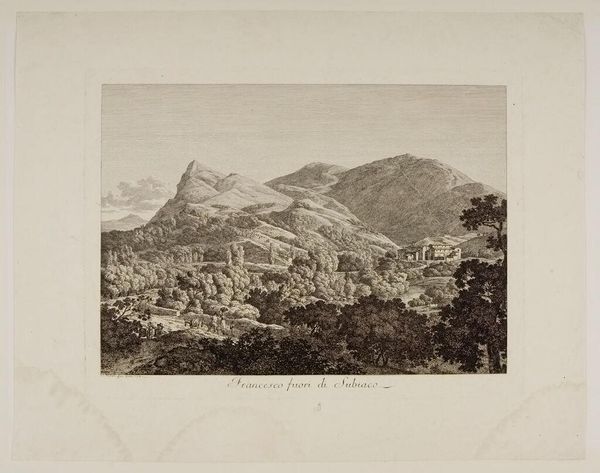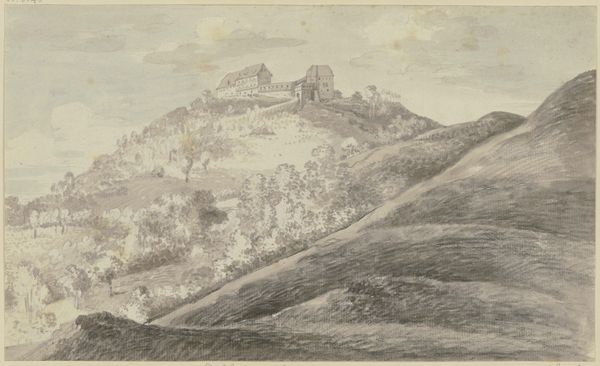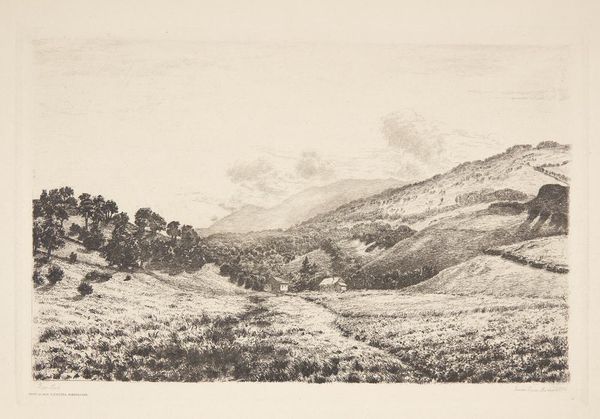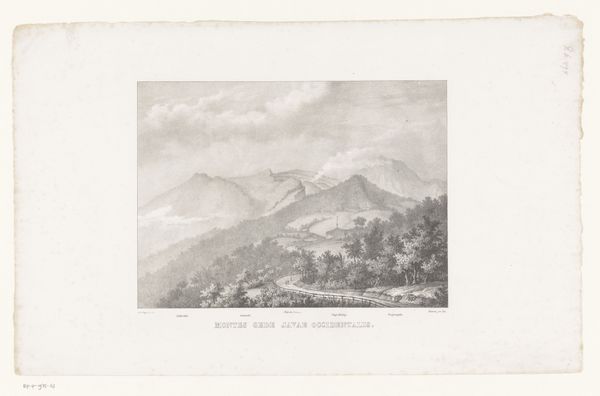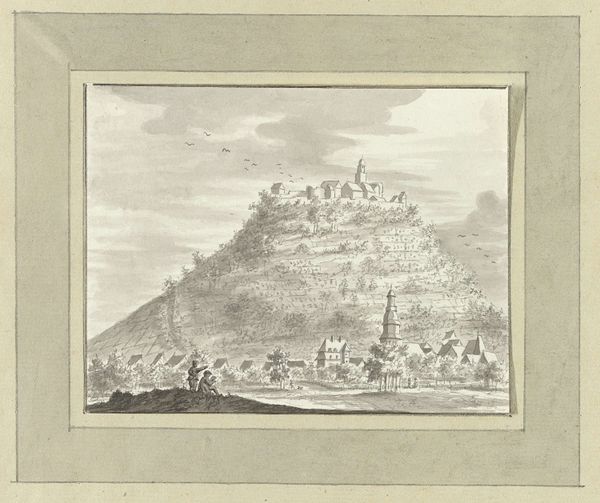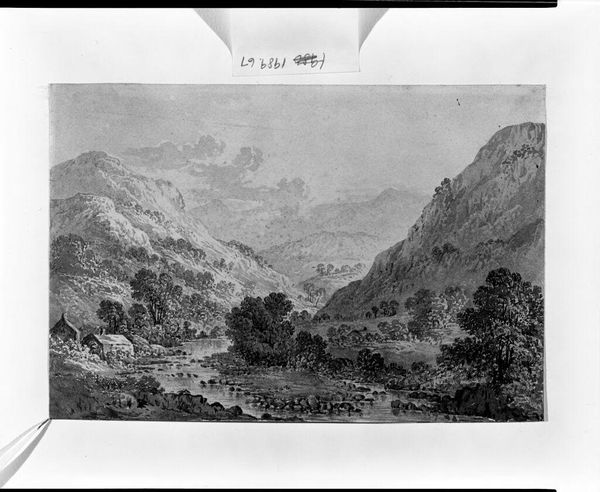
Editor: This is James Duffield Harding's "Château de Montaign, Franche Comté." It's a detailed landscape drawing, but I'm curious about the role of these kinds of picturesque scenes in the nineteenth century. What do you see in this piece? Curator: Well, picturesque landscapes like these weren't just about capturing beauty; they were deeply tied to ideas of national identity and property. Ask yourself, who commissioned and consumed images like this? Editor: So, it was less about objective observation and more about promoting a certain vision of the land? Curator: Precisely! Consider how the artist chose this specific viewpoint, highlighting the château’s dominance. It reinforces a particular social hierarchy, doesn't it? Editor: That's a perspective I hadn't considered! It makes me think about the power dynamics inherent in landscape art. Curator: Indeed. Understanding art involves unpacking these subtle yet significant messages about power, ownership, and national pride.
Comments
No comments
Be the first to comment and join the conversation on the ultimate creative platform.
